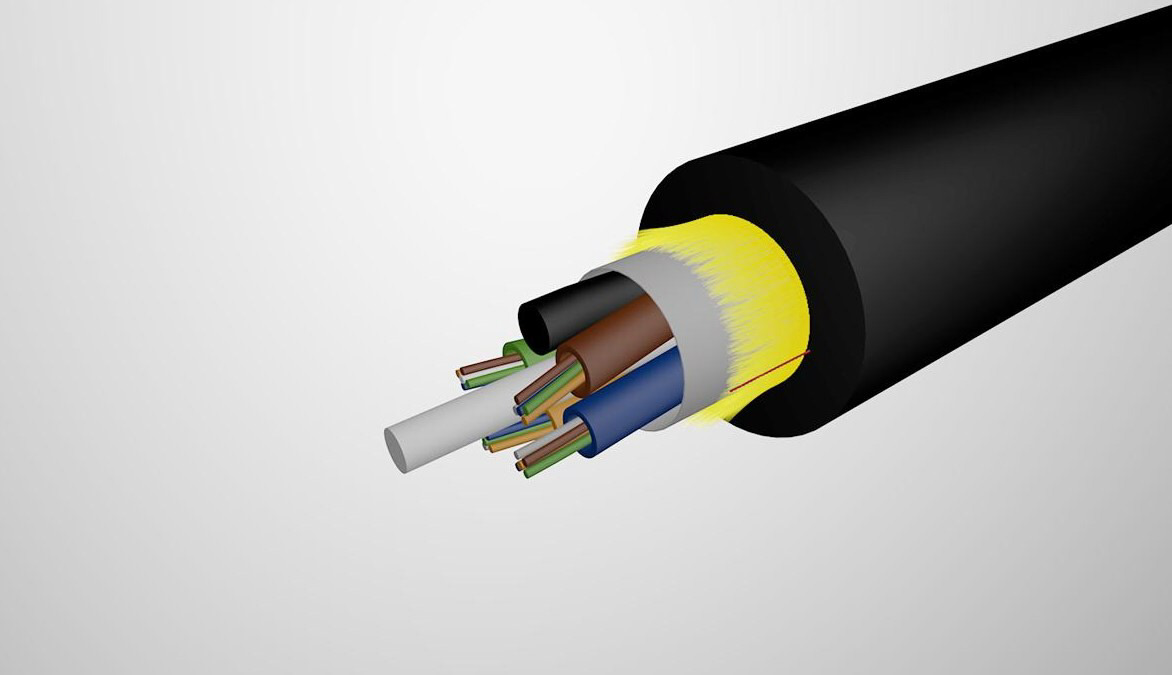Optical signals have a high frequency and fiber optic usually has a wide bandwidth. This allows optical fibers to accommodate more signals to be transmitted simultaneously.
În plus, the signal attenuation in optical fiber is much smaller compared to the electrical signal in copper wire. În plus, optical signals are more resistant to interference than electrical signals.
According to Shannon’s theorem, the transmission rate is directly influenced by the signal-to-noise ratio. The signal loss of optical fiber is low. This is why the transmission rate of optical fiber is faster than that of cable.
Counting attenuation, relay devices, and electromagnetic wave interference, cable performance will be worse. De exemplu, a commonly used twisted pair cable can only travel up to 100 m. Longer distances require repeaters to continue the signal.
And it can only be used a limited number of times for relaying. Each relay also consumes time. The loss of optical transmission in optical fiber is much lower than the loss of the point in the wire. It typically travels over thousands of meters.
In practical use, fiber optic cable has greater transmission capacity than copper cable. It has a long relay section distance, small size, light weight and no electromagnetic interference.
Prin urmare, it has now developed into the backbone of wired transmission lines for long-distance trunk lines, intra-city relays, offshore and trans-oceanic submarine communications, și rețele locale din zonă, private networks, și așa mai departe. And it began to develop to the field of intra-city subscriber loop wiring network, providing transmission lines for fiber-to-the-home (líneas de fibra hasta el hogar) and broad generation integrated services.

